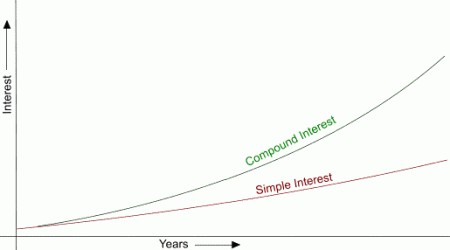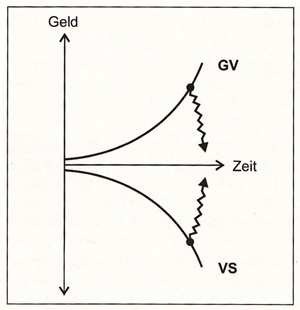Logistical times 2025/2026: Logistics will close EU shipments December 18th. Order shipments resume January 5th 2026. You can order 24/7 please check product delivery times. SELLBACK: Are closed until January 5th 2026. We will provide updated pricing in the new year. Many thanks. CelticGold wishes everyone a very Happy Christmas and healthy and prosperous New Year 2026.
- Insured EU Shipments
- +110,000 Orders
- 1-Min Price Update
- Crypto Payments accepted



